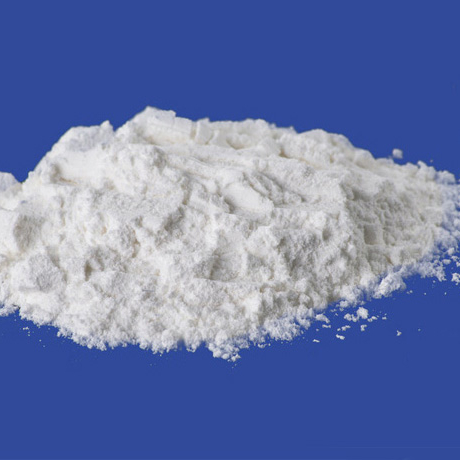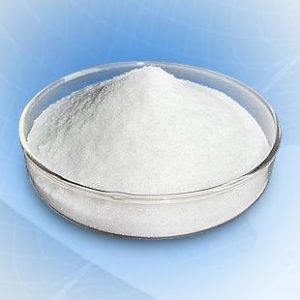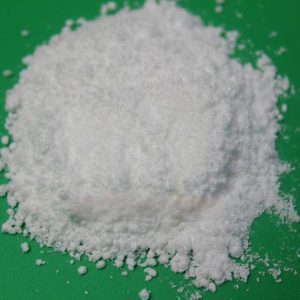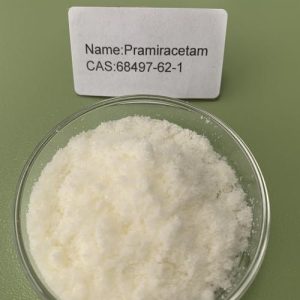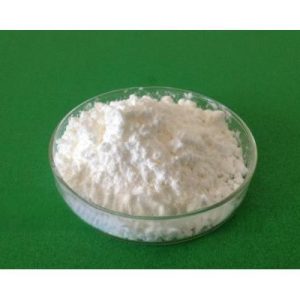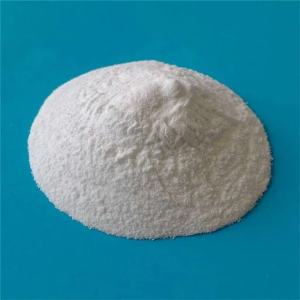SLU-PP-332 activates the estrogen receptor-related orphan receptor, increasing energy expenditure, fatty acid oxidation and reducing fat accumulation. It enhances mitochondrial function and cellular respiration in skeletal muscle cell lines, increases expression of estrogen receptor-related orphan receptor target genes, and enhances mitochondrial respiration in C2C12 muscle cells. The drug also increases oxidative fibers in skeletal muscle and improves exercise endurance.
SLU-PP-332 Benefits
SLU-PP-332 is a compound that activates all three forms of ERR, including the most challenging target: ERRα. This type of ERR regulates exercise-induced physical adaptations and other important physiological processes in muscle. So far, experiments have been successful in rodent cells, and this breakthrough could lead to future applications in humans, making people healthier and less likely to die from age- or obesity-related diseases such as diabetes and heart failure. In theory, a drug that can replicate the effects of exercise could delay muscle atrophy and weakness, and slow or prevent the emergence of cancer and other diseases. The compound was found to increase a type of fatigue-resistant muscle fiber in mice without any exercise, and also improved their endurance when the mice ran on a rodent treadmill.
SLU-PP-332 Weight Loss
May help develop a new type of weight loss drug that mimics exercise. It tricks the muscles of obese mice into thinking they are exercising more than they really are, boosting the animals’ metabolism and causing them to lose weight. SLU-PP-332 does not affect appetite or food intake. It also does not make mice exercise more. Instead, the drug boosts a natural metabolic pathway that normally responds to exercise. In effect, the drug causes the body to behave as if it is training for a marathon, increasing energy expenditure and speeding up the metabolism of body fat. The drug was tested on obese mice. Twice-daily treatment of obese mice for a month caused them to gain 10 times less fat than untreated mice and lose 12% of their body weight. However, the mice still ate the same amount of food and no longer exercised.
